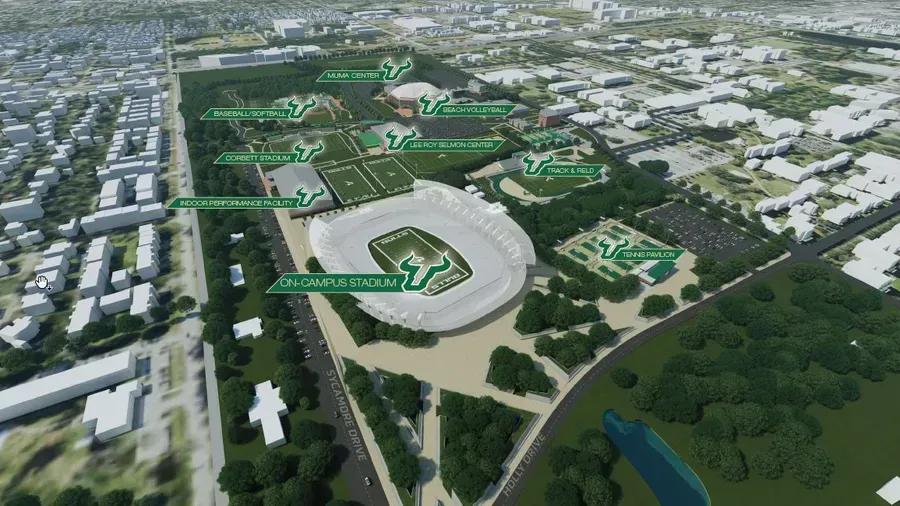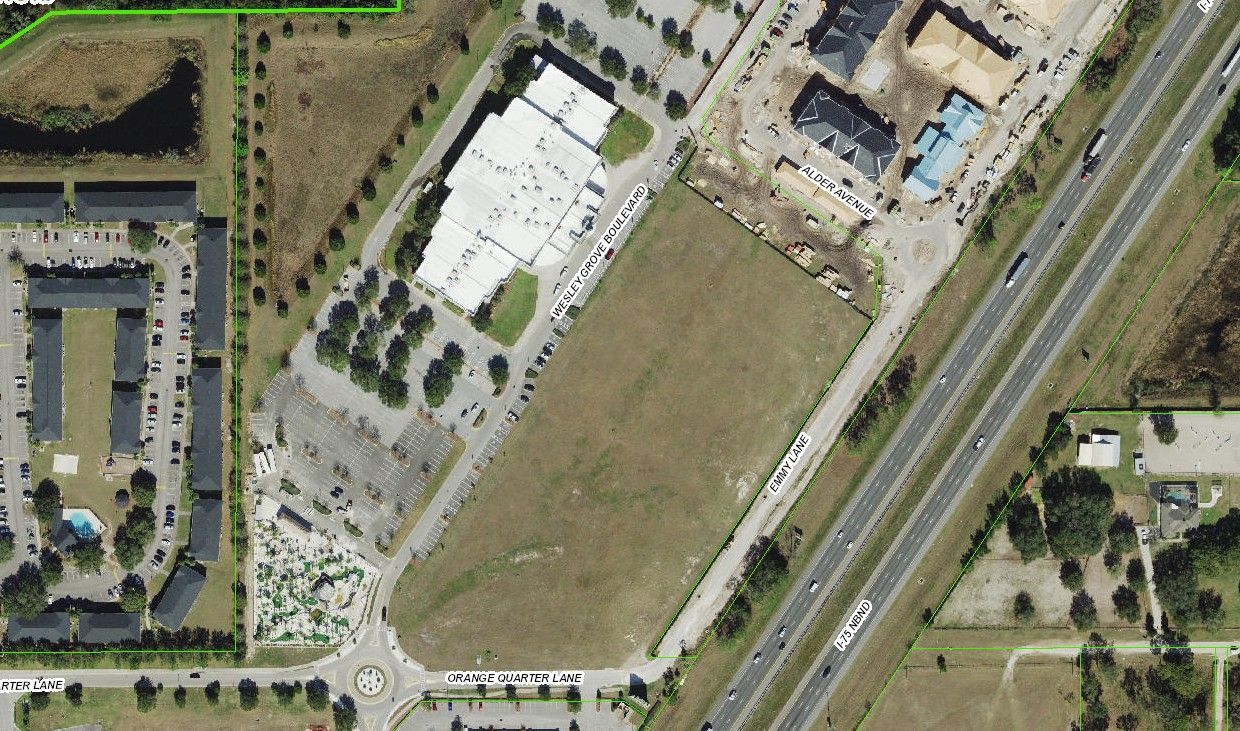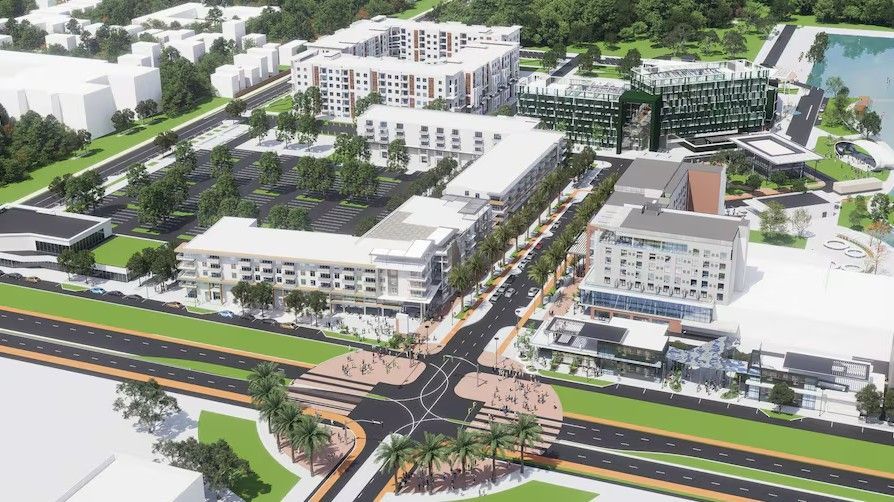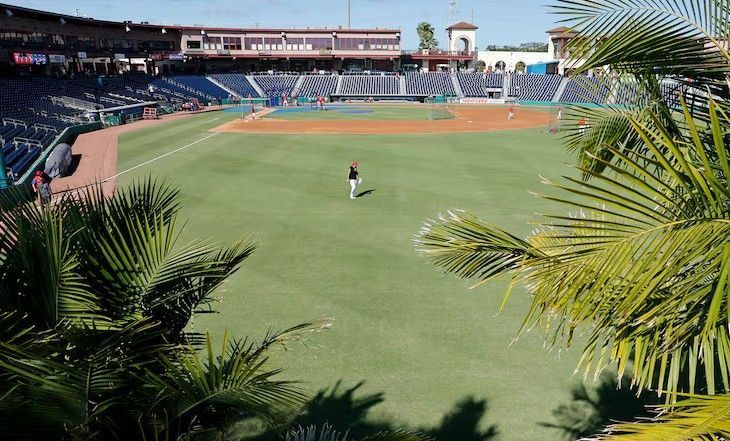USF's on-campus stadium gets committee approval

A proposed $340 million on-campus stadium at USF has just received unanimous approval from the board of trustee’s finance committee. This is the first step towards approval, with full approval needed by the entire board at its June 13th meeting. Eventually, it will have to be approved by the state university system’s board of governors.
The plan outlies the university spending $140 million directly on the stadium, including $50 million in donations from the USF foundation, $31 million from the capital improvement trust fund, and another $59 million from the sale/expected sale of broadband equipment/licenses.
The Bulls plan to borrow the remaining $200 million needed over 20 years, with an estimated taxable fixed interest rate of 5.5%. USF will plan to service the debt at around $17.8 million annually. This will happen through revenue made by the stadium through football, women’s lacrosse, and other events the stadium can be used or. Athletics money such as conference payout and bowl game revenue will be included in the lien. No state funds or tax dollars are included in the plan.
CFO Richard Sobieray says some finances are tied to the success of the team. According to Sobieray, USF has built contingencies to ensure numbers work and risk is minimized. There has been a lot of concern about the school investing so much in athletics. USF has made strong improvements to its academics, in part by securing more funding from lawmakers in Tallahassee.
The $340 million estimated price tag is tentative, and a final cost will not be known until the design team finalizes a guaranteed maximum price. This number is expected by spring or summer of 2024. The design-build agreement states USF may back out of the deal without penalty if a final cost cannot be agreed on. USF has identified a capacity location of 35,000, just north of the practice facilities. They also have a timeline for opening in the 2026 season.
The board has allocated a maximum of $22 million for the design phase led by group Populous and Barton Malow. The group has recently moved into designs from the information gathering stage. The current site of the future stadium holds recreational fields that will have to be moved. The fields will be moved to research areas of the campus for 7-10 years.
Consulting group Conventions, Sports & Leisure International has estimated USF will make $7.6 million from ticket sales during the first year, with an additional $8.4 million in donations in exchange for priority/premium seating. Expected income from parking/concessions is estimated at $700,000 and $250,000 annually is estimated for non-game day events. Another $2.5 million will be made from naming rights. USF currently makes no revenue from those categories at Raymond James Stadium, which they plan on relocating from in 2006.
The consulting group assumes an average attendance of 31,130 to conclude those values. New on-campus stadiums typically see a 17% increase in attendance compared to their old venue. If applying this math to USF’s average attendance now (20,000 scanned tickets per game), attendance will be closer to 24,0000.
If the board approves the proposal on June 13th, construction on the stadium could begin as soon as October.
Source: Matt Baker, Tampa Bay Times
Thank you for your interest. If you are in need of Appraisal & Valuation services in Tampa, contact:
Mike Cliggitt, MAI, MRICS, CCIM
813.405.1705 - Direct
SHARE CONTENT





